For most of us, water is something we simply take for granted. We turn on a faucet in the sink; flush a toilet fill a bathtub or turn on the shower. It’s always there. But what happens when the water stops working? How can you survive in a world without water?
In the event of a power outage, people dependent on well pumps for water know the drill. The water is off. Even city water supplies are affected by power outages. The pumps that refill big water tanks stop working when the power goes out.
Complicating everything is both climate change and poor water management policies. The Colorado River is shrinking as agriculture continues to divert water to fields. Wells continues to run dry across the world as droughts and agriculture continue to drain aquifers.
Any combination of events could turn the water off from droughts to poor water management policies to something as basic as a total power-grid failure.
Why It Matters to Survive in a World Without Water
The average person cannot survive for 3 days without water. Some of us can actually survive weeks if not months without food, but after 3 days most of us die without water. But it’s not just about drinking water.
We depend on water for cooking, bathing, cleaning, and watering our vegetable gardens. When water is scarce or unavailable, everything is at risk from general hygiene to life itself.
Threats to Our Water Supply
A drought seems like an obvious threat, but we’ve survived droughts in the past. A bigger threat is pollution and contamination of local water supplies. Droughts make the threat of contamination even worse, and if a power outage limits the ability to pump or replenish water supplies it all gets worse.
Modern agricultural practices represent another threat. Agribusiness often takes what it needs to support its ventures. There is usually little law to control or manage their water use from rivers, streams, and aquifers. Many people have experienced the mysterious and sudden loss of water from their wells because some distant and unknown agribusiness has simply drained it all away.
Climate change is an ongoing threat that could cause droughts in parts of the world that have never seen a lack of rainfall. Without the rain, the lakes, rivers, and aquifers are never refilled and the world devolves into a vast desert.
How to Survive in a World Without Water: Extreme Water Solutions
Surviving in a world without water requires mastering four essential steps. First, you need to know where and how to harvest water from natural sources. Second, it’s crucial to understand how to filter and purify any water you collect. Third, learning how to store water safely for both short-term and long-term use is vital.
Finally, you must know how to test water for purity and safety to ensure it’s suitable for consumption.
Harvesting Water
There are numerous water sources that could still be available. Some might be contaminated or otherwise polluted. Here are some options to consider:
Rainwater 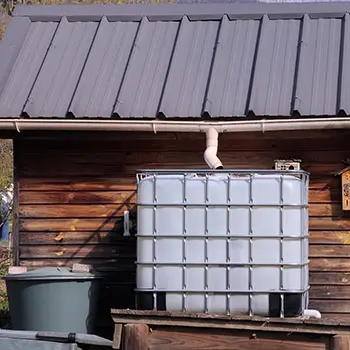
Even in deserts it eventually rains. That’s the time to make the best of it and harvest as much as you can. Rooftops are a primary catchpoint but even a tarp suspended on poles can capture the rain.
The best catch point is a rain barrel but even a 5-gallon bucket or wash tub will do. But it’s only the first step and the water will need to be filtered and purified before drinking or storing.
If taking care of your water stockpile sounds like too much work, you can always try this DIY backpack-sized water generator.
Lakes and Ponds
If you live in the vicinity of a lake or pond you have a natural water source. Lakes tend to be a better source because ponds often become stagnant or choked with weeds and algae. The larger the lake the better.
Even then, make no assumptions. Even if the water looks crystal clear it’s most likely contaminated to some degree by bacteria or worse.
How To Survive In A World Without Water With Springs, Creeks, and Rivers
Flowing water snakes and meanders across the territory. A spring creek is possibly the best natural water source. As the springs meander and thread across the territory, they join to form creeks that eventually lead to rivers.
Rivers may be the most contaminated. Runoff from the surrounding ground and into the feeder springs and creeks eventually accumulate. You can and should harvest the water if it’s available, but aggressive filtering and purification are critical.
Another way to survive without a steady water supply is by collecting clean, drinkable water from plants. This video explains exactly how to do it.
Snow and Ice 
Ice and particularly snow are excellent water sources. Then freezing temperatures tend to moderate or limit bacterial growth, but once again make no assumptions.
The simplest way to harvest snow and ice is to collect it in 5-gallon buckets bring it into a warm area and allow it to thaw. You then can filter and/or purify it for use or storage.
Evaporation
There’s a concept known as a solar still. It’s a tarp stretched over a big hole in the ground. This setup lets moisture in the soil evaporate and collect on the tarp. A bucket or pot is placed beneath the tarp and a rock in the middle of the tarp angles it down towards the collection bucket.
Look for low-lying areas or the bottom of hills or ridges to locate your solar still. Those are areas where water tends to collect in the ground.
How To Survive In A World Without Water With Grey Water
Grey water is water that has been used for previous purposes like laundry or washing dishes. It can and should be reused.
Examples include watering a garden, flushing the toilet, washing floors or machinery. If you need water for use other than cooking or drinking, grey water can add to your available water supply.
Related: How To Collect Gray Water
Desalination
96.5% of all of the water on Earth is salt water. There are desalination units that can remove the salts and minerals, or you could use the solar still concept to capture fresh water through evaporation. Anyone living in close proximity to an ocean should understand how to distill fresh water from salt water.
How To Survive In A World Without Water: Water Purification 101 
Depending on the source, water often needs to be filtered to remove particulate matter, and all water harvested from natural resources should be purified.
You can improve an easy filter using a plastic water bottle.
Attach a piece of fabric to the top of the bottle and cut off the base. Invert the bottle and fill it with layers of gravel, sand, and charcoal. Pour water into the bottle, and as it passes through the layers, the filtration process begins.
Boil water for at least 3 minutes to kill all microbes, as boiling is the most effective purification method. You can also purify water using chemical tablets with iodine or chlorine.
Related: Easy DIY Water Purification System For Under $20
And a side note on boiling. Don’t assume that you can use untreated water when cooking. The common mistake is that somehow the cooking process will sterilize the water.
That’s not always the case and in some instances, the water can actually infect other ingredients in a soup or stew. Simmering while cooking isn’t boiling. Play it safe and boil the water for at least 3 minutes before consuming it as drinking water or for cooking.
Did you know that there is an ingenious way to filter water using a sandwich bag?
Water Storage 
Large 5-gallon plastic bottles and even 5-gallon buckets with lids make for excellent water storage containers. A gallon of water weighs 7.5 pounds so a 5-gallon bottle or bucket of water will total 37.5 pounds. That’s a bit heavy but still portable so you can deliver water to wherever it’s needed.
Many people upgrade to 40-gallon or 55-gallon storage barrels, or even larger tanks, for water storage. Always ensure that any plastic bucket, bottle, or barrel you use is labeled “BPA-free.”
Manufacturers often add BPA (bisphenol A) to plastics, a chemical used in production since the 1950s. Studies show BPA can leach into food or drinks from containers made with it.
Water Shelf-Life?
Water does have a shelf-life but if filtered and purified it should last for years. That’s not the best idea and any water stored for more than 6 months should have a treatment added to halt microbial growth. And make sure you store it in the dark as much as possible. A basement is a good place to start.
How To Survive In A World Without Water: Test the Water
There are water test kits that check for everything from chemicals and minerals (like lead) to pathogens. Testing harvested water helps you determine the treatment, filtering, and purification it needs.
It’s equally important to test stored water to ensure it hasn’t become contaminated. Knowing your water is safe can prevent sickness or worse.
Water is critical to life, yet it can also pose risks if mishandled. To survive in a world without water, it’s vital to treat it with respect and learn how to find, purify, and store this essential resource.
This Water Source Will Disappear in a Crisis
DIY Pressurized Rainwater Harvesting and Purification System (Video)
How to Get Running Water When the Next Hurricane Hits

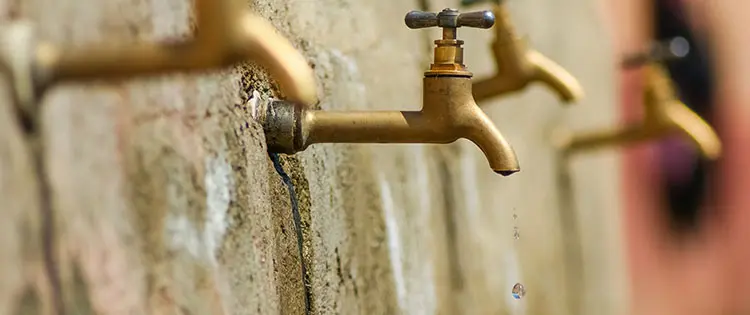
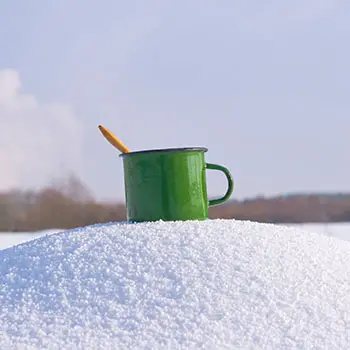
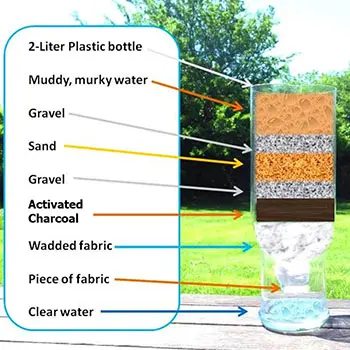
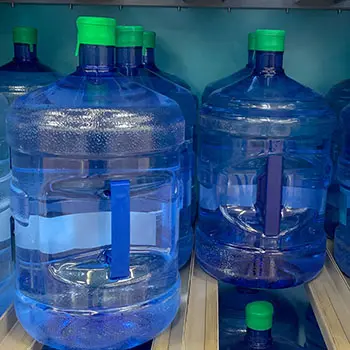
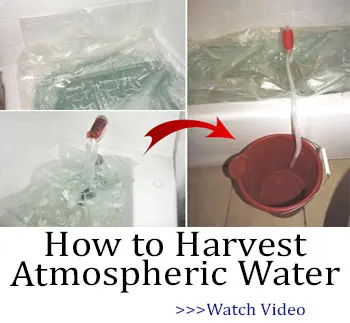


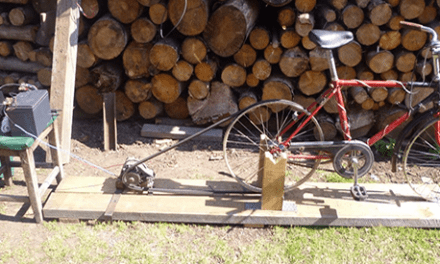
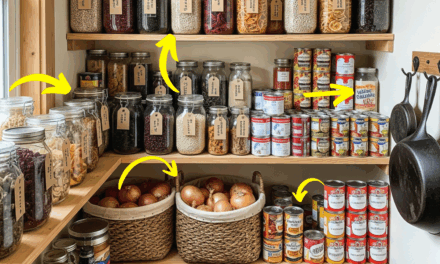
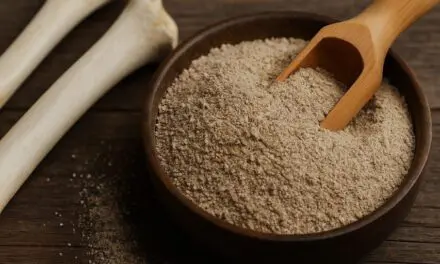

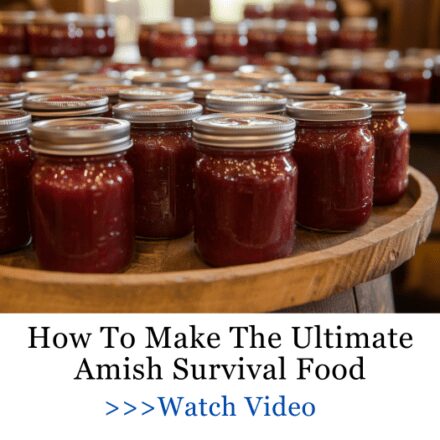

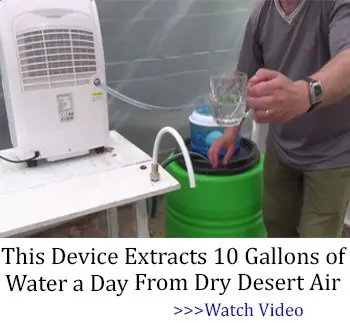
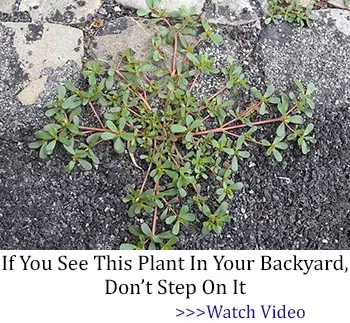
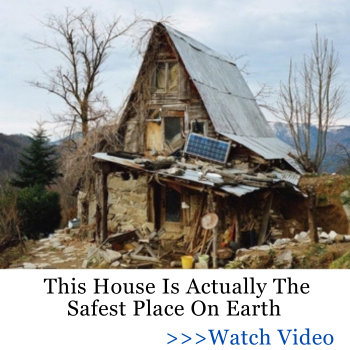

Water weighs about 8.34 lbs per US gallon. While it’s trivial sounding, that’s almost a lb more than the 7.5 lbs that you stated. It might make little difference in gallon or 5 gallon containers but, when you are talking about bulk storage of 55 gallons or more, it becomes a much more significant matter. Imagine the difference if you have 1000 gallons of storage or more. If I’m hauling water on a trailer, or raising a storage container to take advantage of gravity to make pressure, this is absolutely important.